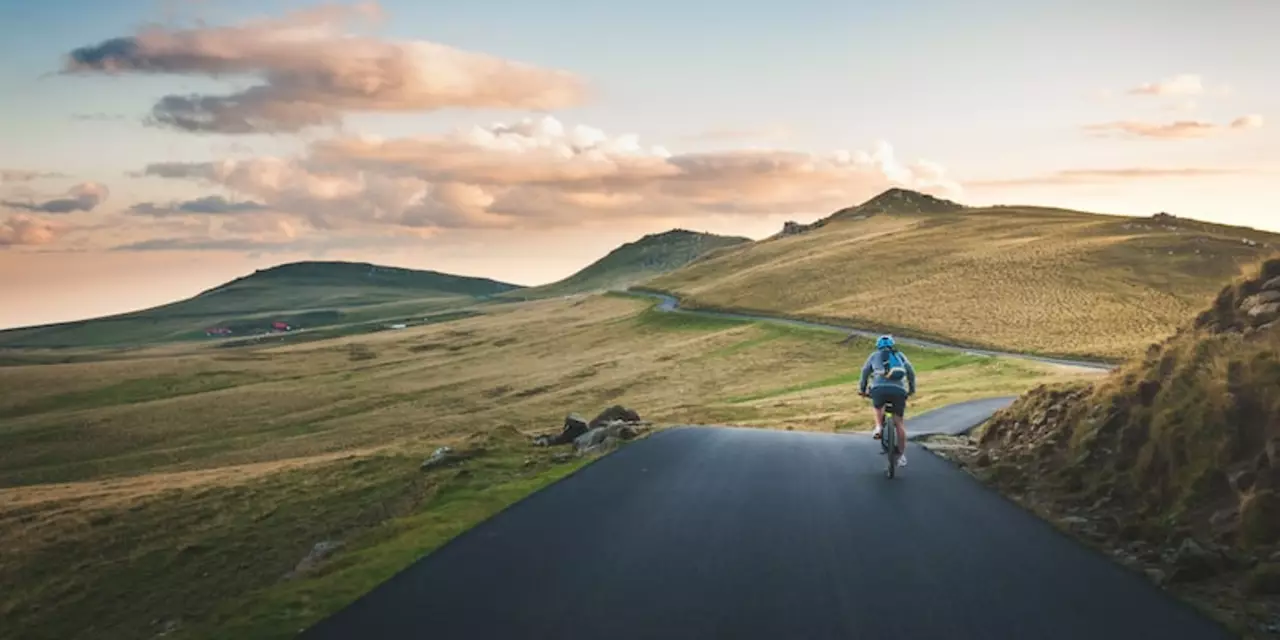Speed Tips for Cyclists: Ride Faster with Simple Tricks
If you’ve ever wished your bike could feel a little quicker, you’re not alone. Speed isn’t just about raw power – it’s a mix of bike set‑up, riding habits, and smart training. Below are easy changes you can make today to see a real boost on the road.
Gear Up for Efficiency
First stop: your bike’s hardware. A clean drivetrain does wonders. Dirt on the chain, cassette or chainrings creates friction, stealing precious watts. Give those parts a quick wipe with a rag after each ride, and run a light lubricant every few weeks. If you notice the chain slipping, it’s time for a new one – even a small stretch can cost you speed.
Next, check your tire pressure. Too low and you’re rolling on a cushion; too high and you lose grip, especially on wet roads. Look at the sidewall for the recommended range and aim for the higher end if you’re riding on smooth pavement.
Finally, consider a lighter wheelset. Wheels are rotating mass, so lighter rims and spokes mean less effort to accelerate. You don’t need an ultra‑expensive set – many mid‑range carbon or aluminum wheels give a noticeable lift without breaking the bank.
Ride Smarter, Not Harder
Position matters. A low, aerodynamic stance cuts wind resistance, which is the biggest drag at higher speeds. Tuck your elbows in, keep your back flat, and lower your head just enough to see the road. If you’re not used to this posture, practice in a safe area first – comfort will improve with time.
Cadence is another hidden lever. Many riders grind in a low gear, thinking it builds strength. In reality, spinning at 90‑100 revolutions per minute (rpm) uses less energy and lets you maintain speed longer. Use a bike computer or cadence sensor to keep an eye on your rpm and aim for that sweet spot.
Drafting behind a larger rider or a car can shave a few seconds per mile, but only do it where it’s legal and safe. Even a small group of cyclists can share the windbreak, giving each person a boost without extra effort.
For training, interval work is king. Warm up for 10 minutes, then sprint hard for 30 seconds, followed by 2 minutes of easy pedaling. Repeat this block 6‑8 times. The high‑intensity bursts push your cardiovascular system, while the recovery keeps you from burning out. Over a few weeks you’ll notice a higher top end and smoother acceleration.
Don’t forget strength work off the bike. Core stability, hamstring strength, and glute activation translate directly into more power per pedal stroke. Simple moves like planks, single‑leg deadlifts, and banded side steps can be done at home and pay off on the road.
Lastly, track your progress. Write down your average speeds on similar routes, note weather conditions, and compare week by week. Seeing numbers improve keeps motivation high and guides you to what works best for your body.
Speed is a blend of tech, technique, and training. Tackle each area one step at a time, and you’ll feel the difference on every ride. Happy pedalling!
This article examines the debate about whether or not female cyclists can cycle as fast as male cyclists. It looks at the physical differences between men and women, such as body weight, power output and muscle mass, and how these differences affect performance. It also looks at the differences in technique and training approaches between the sexes. Finally, it looks at the results of specific studies comparing the performance of male and female cyclists. The conclusion is that while women may not be able to ride as quickly as men, they can certainly ride fast and be competitive.
Continue reading...
Professional cyclists ride downhill at very high speeds, typically reaching between 60 and 70 mph. Their speed is mainly determined by the gradient of the terrain and the amount of drag and wind resistance they encounter. Professional cyclists also use their weight and aerodynamic positioning to their advantage, which allows them to reach even higher speeds. Additionally, they use the most effective braking techniques, such as feathering the brakes, to keep their speed under control. Overall, professional cyclists are capable of reaching very high speeds on downhills and use a variety of techniques to ensure their safety.
Continue reading...

